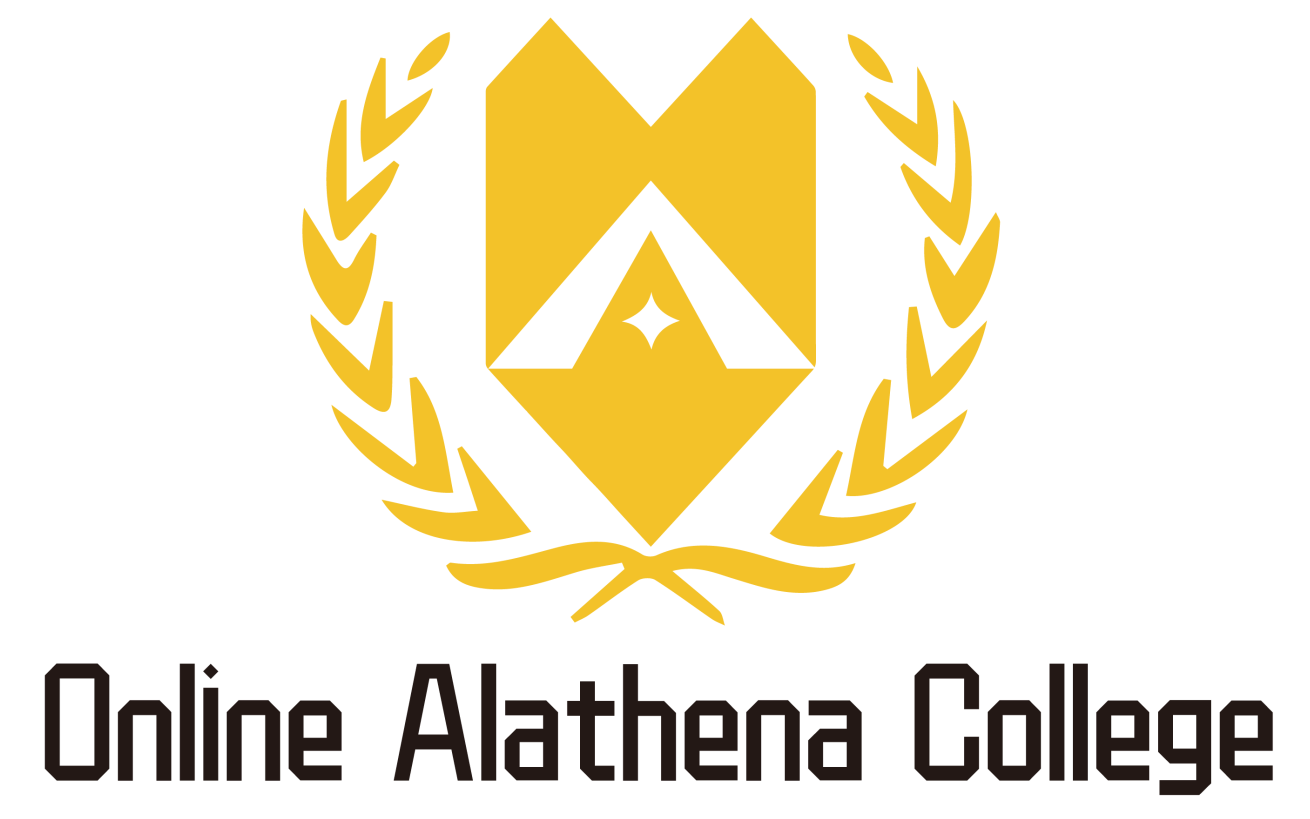Course Description
Unit 1: History and Evolution of Physical Activity and Sport
In this unit we will look at a variety of major events that have taken place throughout history and consider how they have contributed to the evolution of the role and value of sport and physical activity in society. One of the guiding influences in our attitudes has been the way health and physical education has impacted our lives both at school and at home. We will explore the five fundamental principles of Health and Physical Education and their relationship to the changing social role and value of physical activity and sport. Finally you will be asked to use inquiry based learning to help you learn to create questions that will support your ability to critically examine the impact that Canadians have had on the social role and value of physical activity and sport and how it may be connected to you personally and to the larger world history.
Unit 2: Current Issues in Physical Activity and Sport
It’s the stories and beliefs that are passed on from generation to generation that shape how and why people take part in the activities that make up our daily lives. As the evolution of our journey continues into today, it is how we view, accept and/or change issues related to Race, Culture, Diversity and Violence in sport that allows us to move forward as members of the Global Community.
Unit 3: Anatomy
In this Unit, you will begin your exploration of the human body and examine the structures that allow us to move. You will learn a new anatomical language that is a universal way to describe the structure and function of our bodies.You will learn about anatomical planes and axes of rotation, the skeletal and muscular systems and the system that holds it all together to allow us to move, the articular system.It is the relationship between these 3 systems that provides the foundation for all movement. So let’s begin this journey of exploration by first building your "Anatomical Literacy".
Unit 4: Physiology
Several factors come into play and can have a major impact of the performance level of the task at hand. Whether it’s the body’s ability to transport and use the fuels needed to generate energy for activities as simple as daily life functions, to demanding acts of physical exertion and survival, to the understanding of how the correct implementation of knowledge and concepts can aid in the bettering of human performance, a sound mental and physical approach to physical activity and performance is vital to a successful outcome.
Unit 5: The Mechanics of Movement
The anatomical and physiological processes that help our body move are possible because of a choreographed set of instructions set out by the brain. We can develop our understanding and increase our repertoire of movement skills as we become aware of the influence that the laws and concepts of physics have on the completion of motor skills, through both everyday and complex motor tasks.These messages from the brain combine into a step-by-step process through which the human body must transition as we move from phase to phase of a motor pattern. The proper use of clear, specific feedback in the learning of motor skills is vital in helping to understand and apply the techniques needed to achieve success in movement skills.
Unit 6: Growth and Motor Development
On a daily basis, our bodies and minds are growing. The human brain and body work together to constantly adapt movements and behaviours to help reflect the change that accompanies our physical, mental, social, cognitive and emotional growth. These factors come together to influence our ability to move with confidence and are the foundational requirements of effective teaching as well as learning.As we improve our motor skills, we begin to add more, not only to our bank of knowledge, but also to the boundaries we push and “risks” we take related to movement. At each step along our physical journey, our brains receive feedback from our eyes, ears, and body to help refine our motor skills. From a teaching standpoint, being able to match feedback in the form of instruction to meet the developmental level of the learner is crucial in creating a strong foundation for the progression of skill development. Often it is just as difficult to teach, as it is to learn, a new skill.

